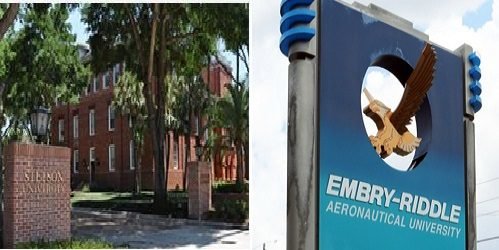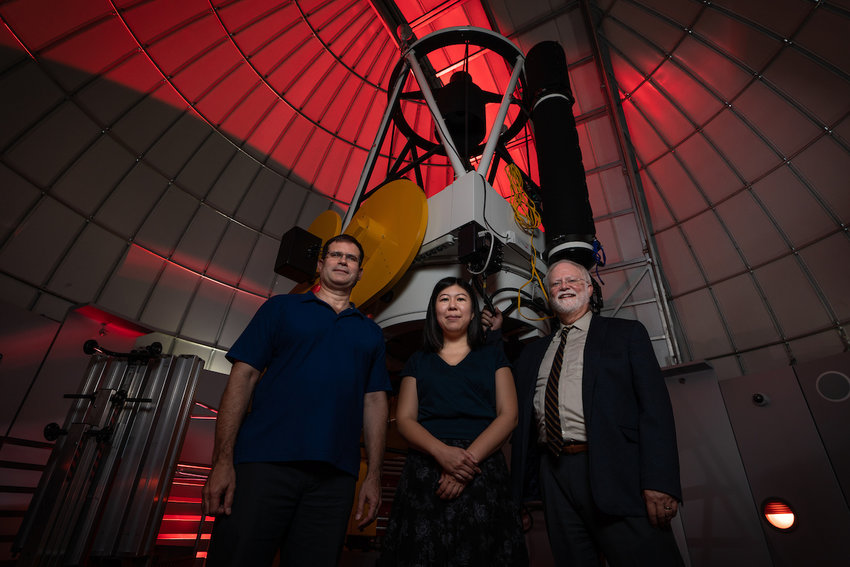
Daytona Beach, FL - Over $600,000 in grants has been awarded to two local institutions by the same foundation for the same reason: advancements in science.
Earlier today (September 18th) both Stetson University in DeLand and Embry-Riddle Aeronautical University in Daytona Beach announced the receiving of their grants from the National Science Foundation.
According to Stetson, their $266,000 grant, known as the Major Resource Instrumentation Grant, was given to help purchase an inverted fluorescent microscope system. It's a system capable of imaging over a wide range of living biological samples from subcellular structures.
The system will be used at Stetson to engage undergraduate students across biology, health sciences and physics in superior training through faculty-mentored research projects. It will also help promote the implementation of inquiry-based lab experiences for students in upper-level biology and physics courses.
"This really opens up new avenues of research at the cell and, especially, the sub-cell level at Stetson," said Holley Lynch, PhD, assistant professor of physics and Stetson's principal investigator. "We have a growing number of researchers who work with that scale in three departments. And it will allow students to use a research-grade microscope.
Lynch noted that while some of Stetson's science faculty/researchers need to see "very small things, such as the inside of cells," others need to see how cells behave over time. The new system, which is expected to arrive on campus later this fall, is "flexible."
And while Stetson's grant covers more micro-sized science, Embry-Riddle's grant will take on a more macro approach.
According to the staff at ERAU, a new project, which was funded by a $400,000 grant from the NSF, will help assess the ages of some 3,400 star pairs - stellar "twins" born when condensing gas and dust broke up into two pieces.
The work will contribute to the search for far-flung life forms and deepen our understanding of our galaxy, the Milky Way. It will also provide important research experiences for students on ERAU's Daytona Beach campus, where the undergraduate-level Astronomy and Astrophysics program is rapidly emerging as one of the nation's largest.
"This type of research is essential for the career development of our students," said Dr. Terry Oswalt, professor of Engineering Physics and the chair of the Physical Sciences Department at Embry-Riddle.

Oswalt and his colleagues - Dr. Tomomi Otani, assistant professor of Physics and Astronomy at Embry-Riddle, and Dr. Derek Buzasi, the Whitaker Eminent Scholar in Science at Florida Gulf Coast University - will leverage data on stellar pairs collected by NASA's Kepler extended "K2" and NASA's new Transiting Earth Survey Satellite (TESS) missions.
In addition to providing hands-on research, publication and professional presentation experiences to ERAU undergraduates, the project will contribute to public astronomy lectures, outreach to local high schools and a new undergrad collaboration with Bethine-Cookman University.